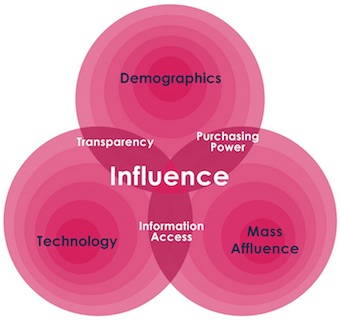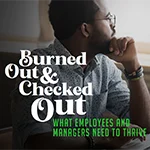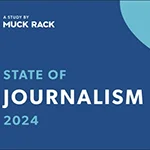Despite the advancing technological tide, when it comes to influencing consumers there’s still nothing that beats the human touch.
That’s the conclusion drawn by a new study undertaken for global communications firm Grayling by U.K.-based thought leadership consultancy Reputation Leaders.
Slugged "Inside Influence," the survey charts the ways in which different generations make purchasing decisions.
 |
There is plenty of information on the decline of traditional mass media (especially newspapers) as a force in influencing opinions and behaviors, the effects of widespread high-speed internet access (up from 1% of Americans in 2000 to almost 70% today) and the mushrooming of social media.
But the key takeaway is that direct advice from another person can still have more power than any high-tech means of communication.
Grayling CEO Peter Harris noted that “three out of four people who solicit the views and opinions of others, want to talk to someone, either face to face (58%) or on the phone (17%).”
But that doesn’t mean online sources don’t still play a pivotal role in driving consumer interest toward a product or service, the study finds.
Especially at the beginning of the decision-making process (what the study calls the “research” phase), information gathered from both owned and earned channels has a powerful effect on consumer choices. It is as the process moves toward the point of decision that face-to-face contact assumes its high level of influence.
The poll was based on interviews with more that 2,000 Americans ages 16 and up in March.
Check out grayling.com for the full report.
Huntsworth owns Grayling.


 Employees at U.S. companies are experiencing high levels of burnout, but managers are lagging behind when it comes to their awareness of the problem
Employees at U.S. companies are experiencing high levels of burnout, but managers are lagging behind when it comes to their awareness of the problem Brand has a powerful effect on a company’s valuation, but the level of brand understanding in the investment community leaves a lot to be desired, according to a new study from Brodeur Partners, Interbrand and NewtonX.
Brand has a powerful effect on a company’s valuation, but the level of brand understanding in the investment community leaves a lot to be desired, according to a new study from Brodeur Partners, Interbrand and NewtonX. AI may still be viewed with a wary eye by most media pros, but its use is growing, according to a new study from Muck Rack.
AI may still be viewed with a wary eye by most media pros, but its use is growing, according to a new study from Muck Rack. A new study from Walker Sands says that some marketers have been putting the cart before the horse when it comes to the relationship between marketing channels and business outcomes.
A new study from Walker Sands says that some marketers have been putting the cart before the horse when it comes to the relationship between marketing channels and business outcomes. Thought leadership can make made B2B brands more "powerful and attractive to buyers," according to Edelman report.
Thought leadership can make made B2B brands more "powerful and attractive to buyers," according to Edelman report.


 Have a comment? Send it to
Have a comment? Send it to 
No comments have been submitted for this story yet.